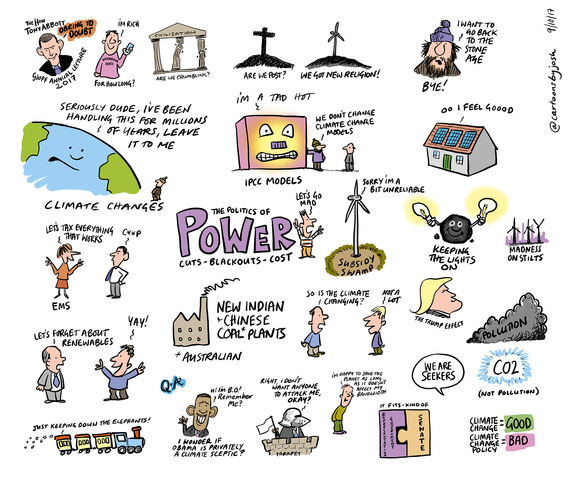 Bishop Hill
Bishop Hill Curiouser and curiouser
 Jun 7, 2019
Jun 7, 2019  Energy: wind
Energy: wind While looking for something else, I came across an article in the Mail about the recent report on Net Zero from the Committee on Climate Change. Apparently, in order to reach that target, we are going to need to quadruple the offshore wind fleet to 7500 turbines.
This took me aback somewhat because 7500 is a much smaller figure than I had assumed would be necessary. Reading on, these 7500 turbines were supposed to produce 75 GW of output, implying that they are all 10MW machines. (This also caused me to raise an eyebrow, because it’s quite a lot larger than anything in operation today, but that’s by the by.)
The problem is that 75GW of output at a load factor of 40% will produce only 261 TWh, or 22,466 kilotonnes of oil equivalent, which is about 15% of current energy demand.
This raises all sorts of uncomfortable questions. How much energy are we going to be allowed to use in this brave new world? And where is it going to come from if not from offshore wind?
A little further digging reveals the CCC’s illustrative scenarios for power generation in 2050. Item 2.5 gives us the CCC’s idea of total energy use: a figure of 645 TWh, around 40% (!) of current levels. (Update - this is electricity not energy - they have 270TWh of hydrogen too) Of this, 369 TWh is “variable renewables (largely offshore wind)”.
Which causes my eyebrows to raise again. How are you going to get 75 GW of offshore turbines to generate 369 TWh of electricity? That implies a load factor of 55% averaged over the lifetime of the turbine. This is entirely implausible. The best, biggest, newest turbines start out at around 40% and decline from there.
Incidentally, the cost of 75GW of offshore wind turbines, at an optimistic £3m/GW, is £0.2 trillion.
Update:
The CCC seems to be using a figure of 58% for offshore wind load factor (see p.27 here). They cite as their source a BEIS report, which can be found here. BEIS do not explain how they arrived at this figure.







